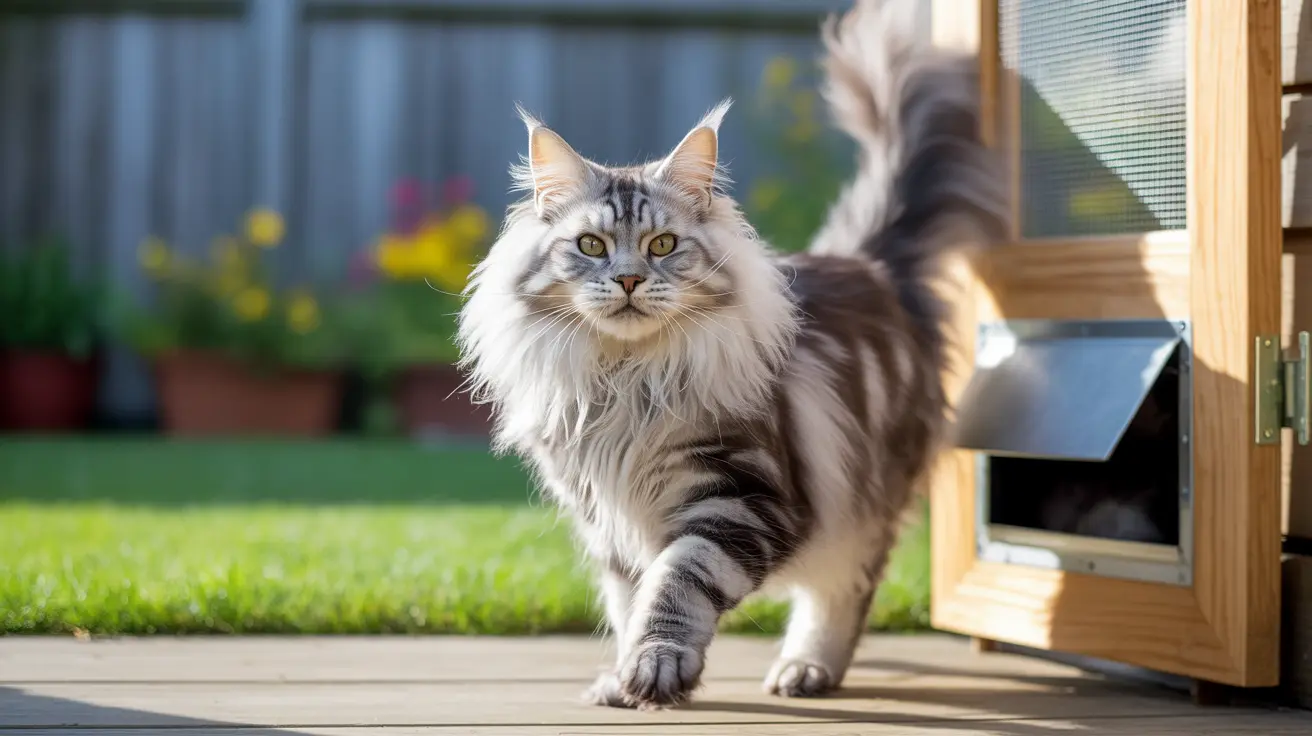Do Humans Share 90% of Their DNA with Cats?
It may come as a surprise, but humans do, in fact, share approximately 90% of their DNA with domestic cats. While that statistic may sound startling at first, it reflects the deep evolutionary connections shared across the mammalian class. This article unpacks what this genetic overlap means, why it exists, and how it compares with our DNA similarities to other animals like dogs and bears.
Understanding Shared DNA Among Mammals
Genetic similarity refers to the percentage of DNA sequences that are identical between different species. Since mammals evolved from a common ancestor hundreds of millions of years ago, they carry many of the same fundamental genetic codes.
In the case of humans and cats, the similarity is around 90%. This doesn’t mean cats are 90% human or vice versa. Instead, it shows that many of the biological processes and structures that define mammals — such as having a backbone, four limbs, complex organ systems, and mammary glands — are regulated by similarly structured genes.
The Genetics Behind the Number
The figure of 90% is the result of comparing the whole genome sequences of humans and cats. Genome sequencing projects have enabled scientists to determine the nucleotide sequences for various animals, making it possible to calculate how much of our DNA is shared with other species.
Here are a few examples of shared DNA percentages:
- Humans and chimpanzees: approximately 98.8%
- Humans and dogs: around 84%
- Humans and mice: approximately 85%
- Humans and fruit flies: around 60%
These similarities are reflected not just in structure but also in the function of genes. For instance, the gene that triggers growth of body hair or immune response mechanisms can be nearly identical in cats and humans.
Why Are Cats Genetically Similar to Humans?
Both humans and cats are members of the animal kingdom and specifically the phylum Chordata and class Mammalia. This shared classification implies a common ancestor, which is responsible for many biological similarities.
Moreover, cats are relatively close to humans on the evolutionary tree compared to insects or reptiles. The presence of similar organs, circulatory systems, and neurological structures is a consequence of this shared ancestry, and it is reflected in our genes.
Comparison to Bears and Dogs
Both bears and dogs, like humans and cats, are mammals. However, within the order Carnivora, there's a division:
- Caniformia: Includes dogs, bears, seals, and otters
- Feliformia: Includes cats, hyenas, and mongooses
Cats belong to the Feliformia suborder, whereas bears and dogs belong to Caniformia. From an evolutionary standpoint, dogs and bears are more closely related to each other than either is to cats. This has implications for comparing genetic similarity:
- Humans share roughly 84% of DNA with dogs
- Humans share about 90% of DNA with cats
- Bears’ DNA similarity to humans is likely in the same range, although precise numbers vary
What Does This Shared DNA Mean?
Although we share a considerable amount of DNA with domestic cats, it doesn’t translate directly to behavioral or cognitive similarities. Much of the shared DNA governs basic life systems like:
- Cell division and growth
- DNA repair mechanisms
- Organ development and structure
- Immune system functions
Structural genes — those that handle physical and biochemical attributes — are typically more conserved across the mammalian lineage. It's the regulatory genes (which control when and how much protein is made) that often cause the stark differences in physical appearance and behavior.
Medical and Scientific Importance
The shared DNA is not just a curiosity — it plays a vital role in biomedical research. Cats are sometimes used as model organisms in medical studies involving neurological and genetic disorders, just like mice and dogs.
Some cat diseases like feline immunodeficiency virus (FIV) share mechanisms with human conditions like HIV, and genetic studies on cats can offer insights into human disease treatments.
Conclusion
So, answering the question — yes, humans and cats share approximately 90% of their DNA. While that figure doesn’t make us closely related biologically in a practical sense, it underscores the fascinating genetic threads that connect all life forms. It also highlights the importance of cats and other mammals in helping us understand our own biology and the workings of life itself.
The next time your cat exhibits a quirky behavior or responds intelligently, you might recall the deep genetic bond we share across millions of years of evolution. It’s just another reminder of how interconnected life on Earth truly is.





